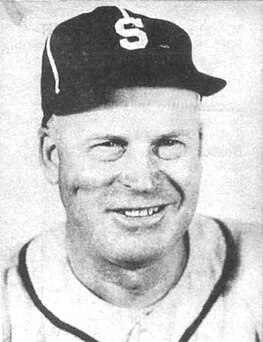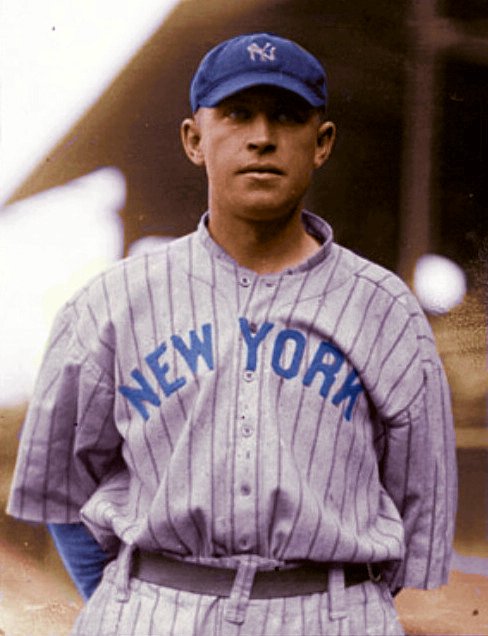Baseball History- Earl Sheely – Born in Bushnell
Earl Homer Sheely was born on February 12, 1893 in Bushnell, Illinois. He was a first baseman for the Chicago White Sox from 1921-1927. In 1925, he was sixth in voting for the American League MVP. In that season, he batted .315 in 153 games and accrued 111 RBI’s with 43 double, 3 triples and…


